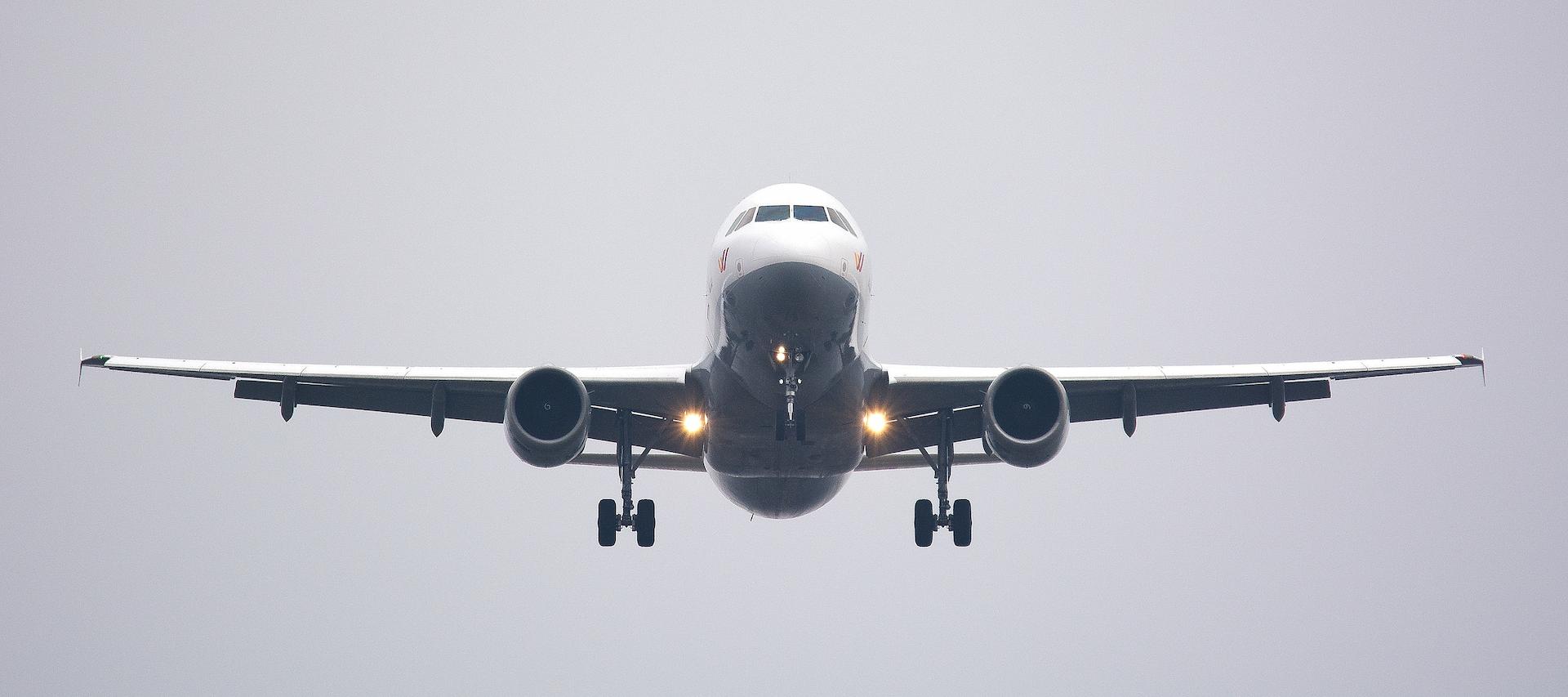Hellenic Civil Aviation Authority (HCAA) is responsible for the implementation of the State Safety Management which is described in the State Safety Programme and is structured into the following four components:
1. Safety Policy, objectives, and resources, are composed of the following elements:
(CE 1) primary aviation legislation
- National Laws, European Basic Regulations, and Chicago Convention (ICAO) and ICAO ANNEXES.
(CE 2) specific operating regulations
- European Implementing Regulations, Ministerial Decisions, HCAA Decisions, Safety Directives, etc.
(CE 3) state system and functions
HCAA has:
- sufficient and qualified personnel with adequate financial resources;
- defined functions and objectives;
- established qualification of personnel performing safety oversight;
- issued guidance to personnel to fulfill their obligation to perform safety oversight activities and monitor the safety performance of aviation in Greece;
- methodology to determine regular staffing requirements.
(CE 4) qualified technical personnel
HCAA has established:
- qualification requirements for the technical personnel performing safety-related functions;
- initial and recurrent training programmes and plans;
- training records;
- inspector competencies for SMS.
(CE 5) technical guidance, tools, and provision of safety-critical information
To the technical personnel:
- facilities;
- technical guidance material;
- procedures;
- safety-critical information;
- tools and equipment.
To the aviation industry:
- guidance on the implementation of relevant regulations;
- safety-critical information.
2. State safety risk management, is composed of the following elements:
(CE-6) Licensing, certification, authorization, and approval obligations:
- HCAA has processes and procedures, according to EASA regulations, and Authority Requirements, to ensure that individuals and organizations performing an aviation activity meet the established requirements.
(CE-8) Mechanisms for the resolution of safety issues;
Hazard identification and safety risk assessment;
Management of safety risks.
- HCAA has a system to collect safety data through occurrence reports (VOR & MOR systems), accident-serious incident reports, surveillance and oversite activities;
- HCAA has a system to monitor safety information for identifying safety issues, eg through, analysis and risk evaluation of occurrences;
- HCAA assesses the safety issues and in cooperation with organizations and other relevant Greek authorities, issues the Hellenic Plan for Aviation Safety which includes safety actions;
- HCAA monitors the effectiveness of the actions through safety performance measurement.
Safety Management System obligations (ICAO Annex 19 (2nd edition))
SMS is applicable to:
- approved training organizations in accordance with Annex 1 that are exposed to safety risks related to aircraft operations during the provision of their services;
- operators of aeroplanes or helicopters authorized to conduct international commercial air transport, in accordance with Annex 6, Part I or Part III, respectively;
- operators holding a remotely piloted aircraft system (RPAS) operator certificate and authorized to conduct international operations in accordance with Annex 6, Part IV;
- approved maintenance organizations providing services to operators of aeroplanes or helicopters engaged in international commercial air transport, in accordance with Annex 6, Part I or Part III, respectively;
- approved maintenance organizations providing services to operators authorized to conduct international RPAS operations in accordance with Annex 6, Part IV;
- International general aviation operators of large or turbojet airplanes i.a.w. Annex 6, Part II, Section III;
- air traffic services (ATS) providers in accordance with Annex 11; and
- operators of certified aerodromes in accordance with Annex 14, Volume I.
Hellenic Air and Rail Safety Investigation Authority (HARSIA)
- Hellenic HARSIA is an independent Authority and its operation is under EU 996/2010;
- the Purpose of Hellenic HARSIA is to reach and maintain the highest possible flight safety level in Greece through Aircraft Accident Investigation;
- Hellenic HARSIA has a key role in Hellenic Aviation Safety Programme in identifying contributing factors and any possible failures within the aviation system which were contributed to an air accident or serious incident that occurred and generates the necessary counter-measures to prevent a recurrence.
3. State safety assurance, is composed of the following elements:
(CE-7) Surveillance obligations
HCAA has:
- documented surveillance processes according to EU regulations (Authority Requirements);
- risk-based oversight programme for planning inspections, audits and monitoring activities.
State safety performance
- In the State Safety Programme are established Safety Performance indicators (SPIs - Operational & Process Implementation) and Safety Performance Targets (SPTs);
- SPIs and SPTs consider:
Industry safety performance;
Industry compliance levels;
Effectiveness of safety actions plans;
Performance of Hellenic Air Accident Investigation and Aviation Safety Board (AAIASB);
EASA safety performance targets.
Management of change: State perspective
Changes include:
- Authority change: HCAA has started its operation on the 7th of January 2022;
- Regulatory environment, eg changes in regulations;
- Operational change, eg introduction of new technologies, rapidly changing industry.
- HCAA has processes to assess the impact of changes in the air-transport domain.
4. State safety promotion is composed of the following elements:
The target of the new HCAA is to follow the principles of safety promotion to contribute to the continuous improvement of aviation safety in Greece and Europe.
Internal Communication and dissemination of information
(ICAO Doc 9859, 4th edition)
- SSP documentation, policies, and procedures;
- SPIs;
- sector safety performance information;
- sector organizational safety risks profiles;
- communication of system safety responsibility;
- lessons learned from accidents and incidents; and
- concepts and best practices of safety management.
External communication and dissemination of safety information
(ICAO Doc 9859, 4th edition)
- guidance material for the implementation of SMS;
- importance of reporting;
- identification of available safety training for the aviation community;
- promote the exchange of safety information:
- among service providers; and
- between States.






